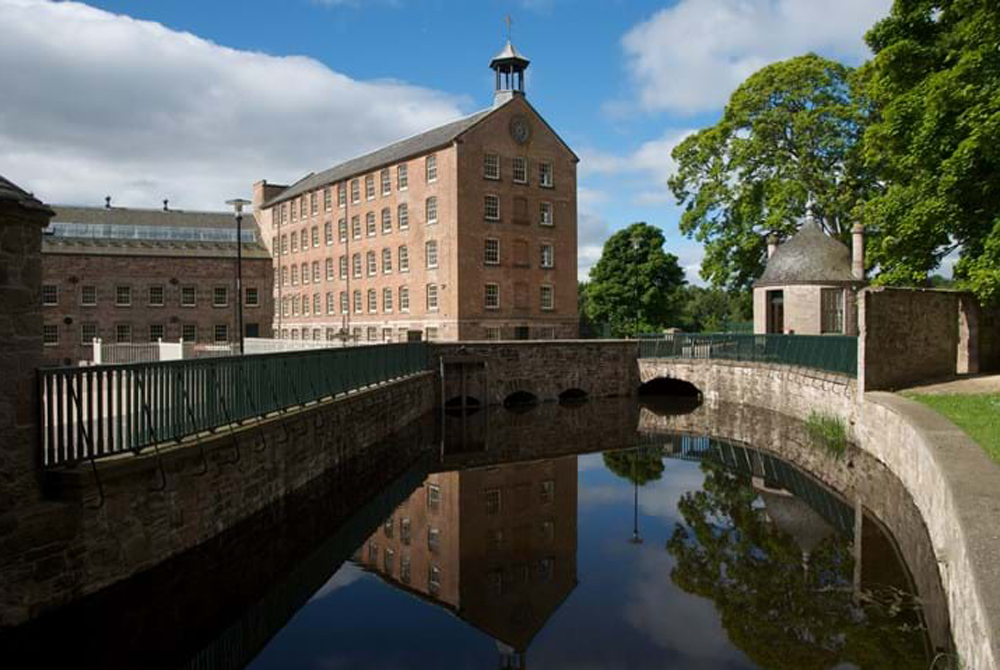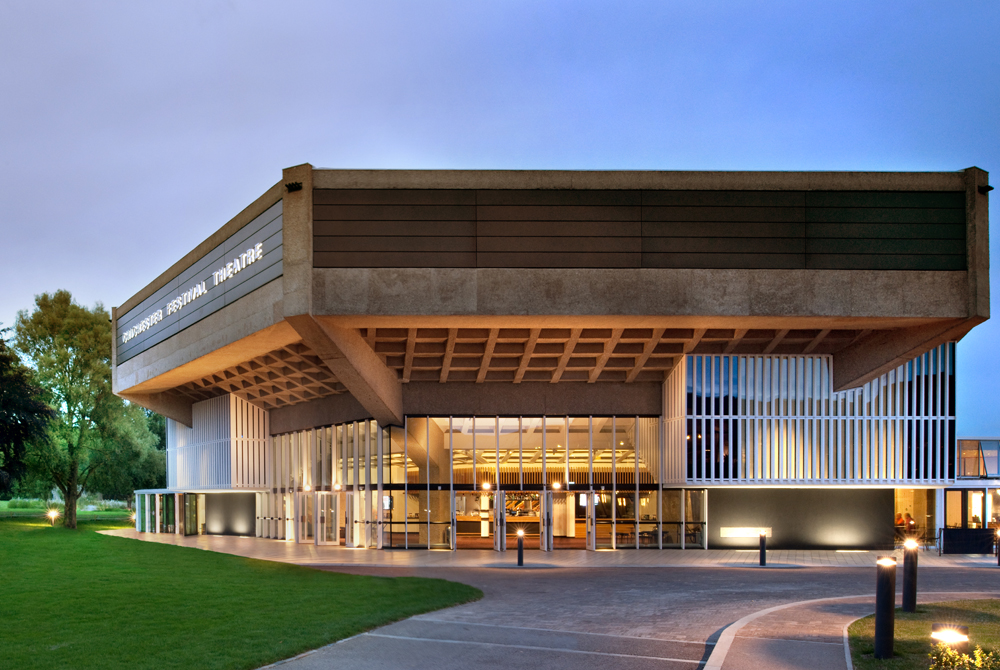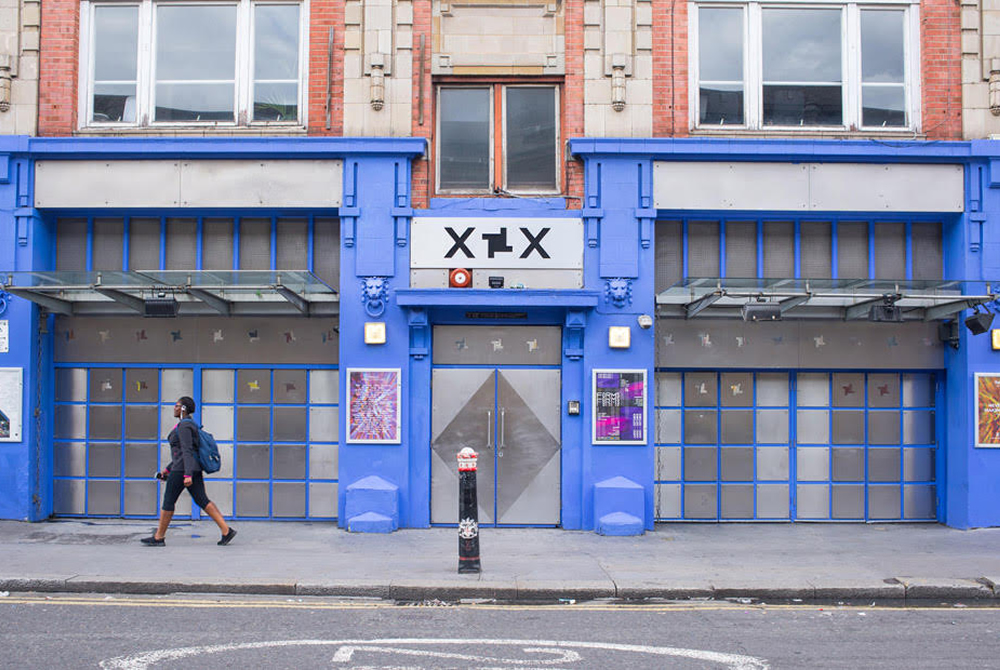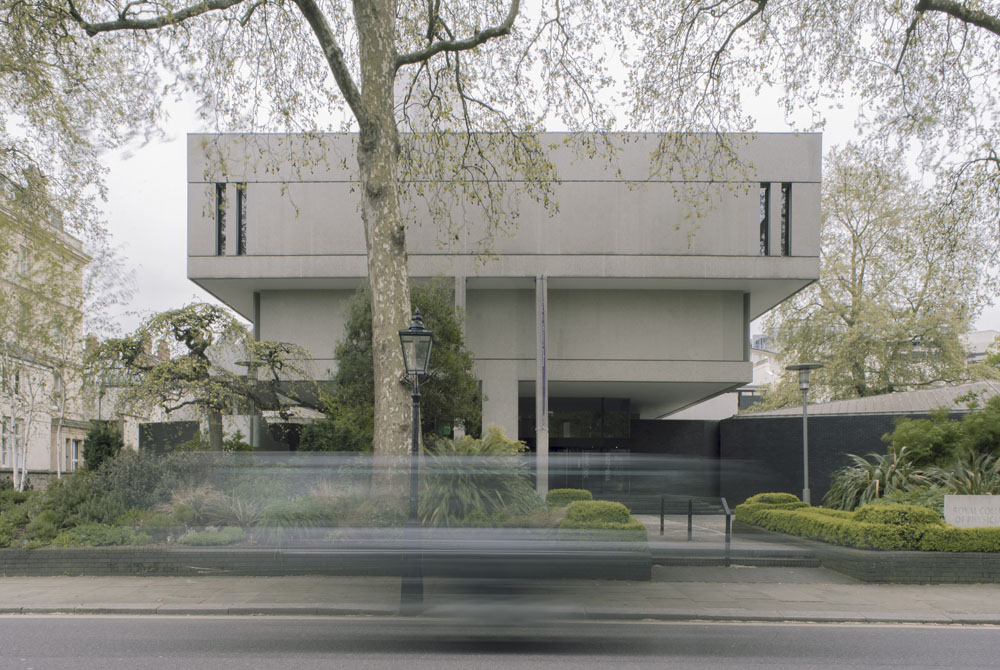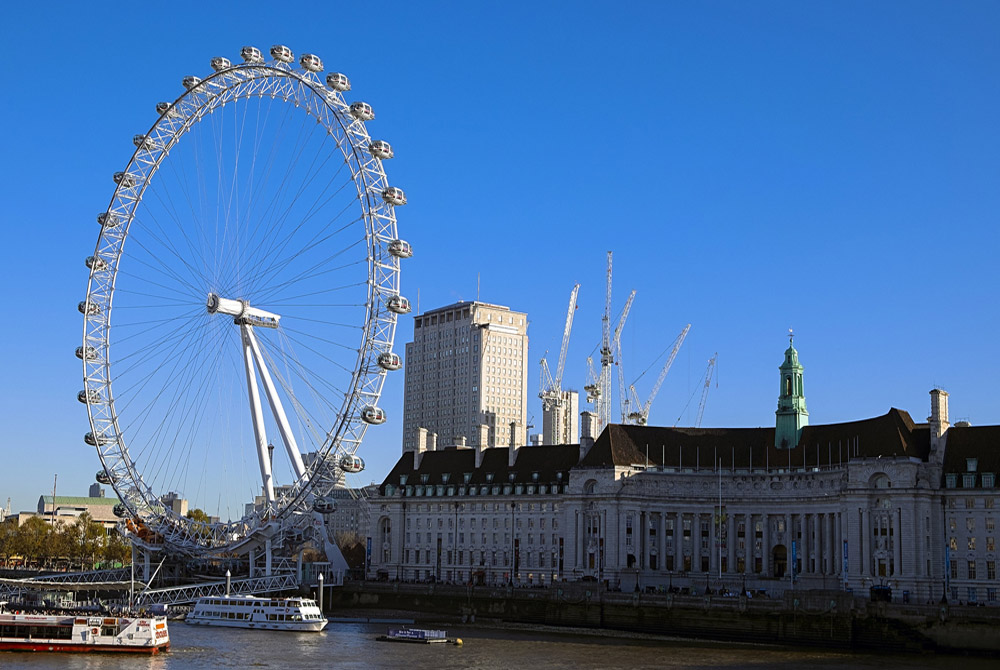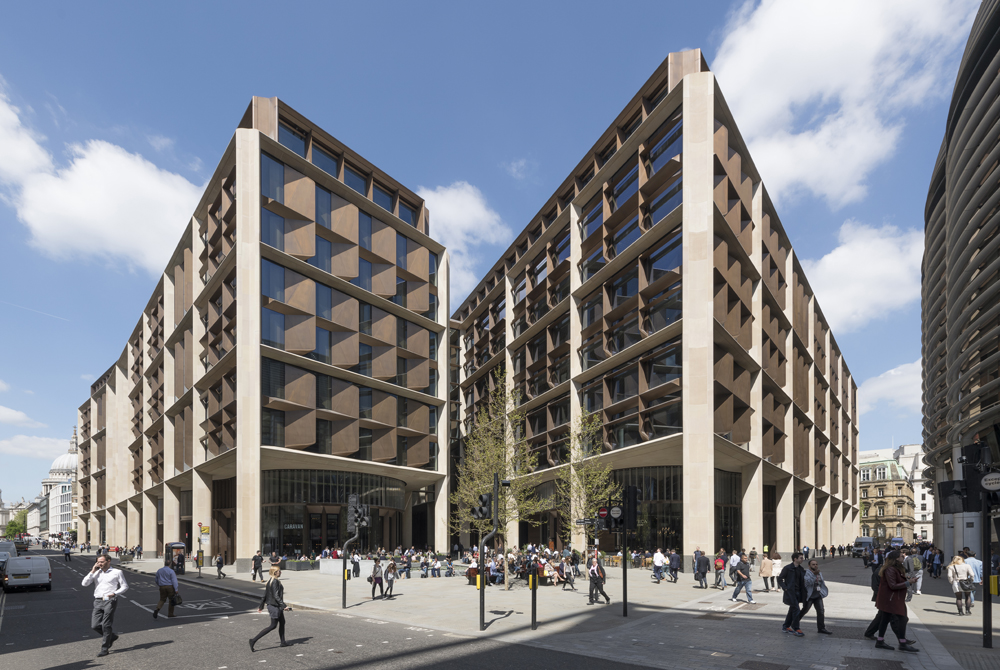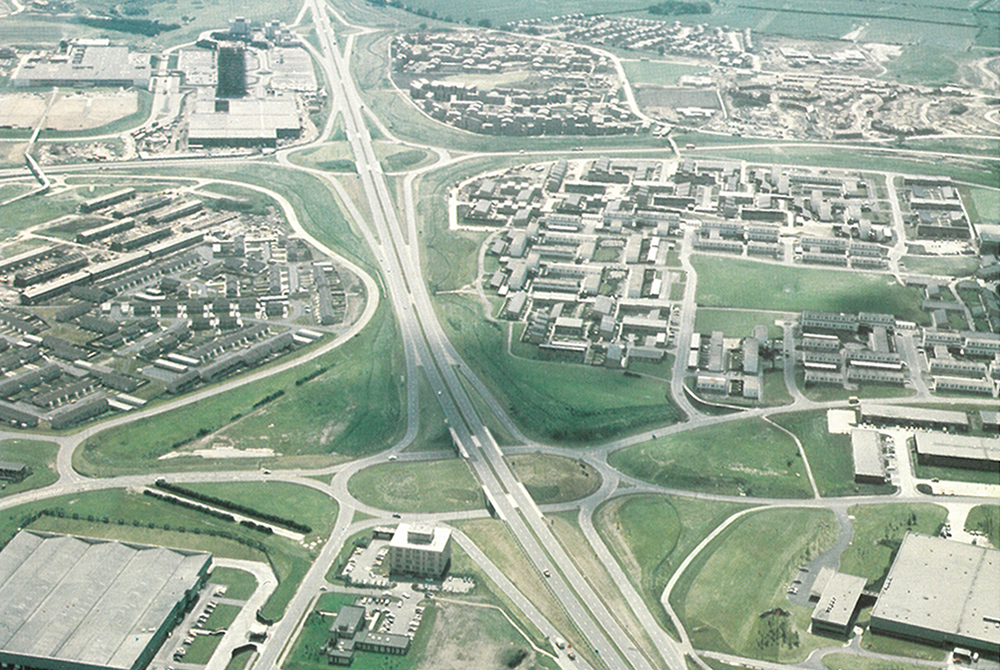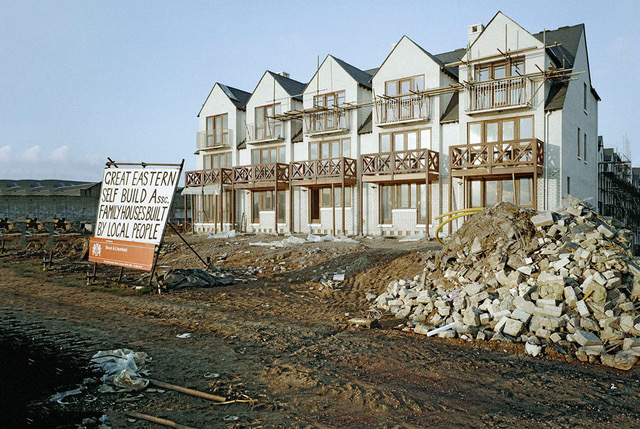The rescue and adaptation of Stanley Mills is a most important example of how a vast, derelict and historic mill complex can be given a secure and exciting future.
In the 1990s SAVE Britain’s Heritage produced reports highlighting the desperate plight of many mill complexes “Awe inspiring concentrations of buildings proclaiming so forcefully the sheer majesty of industry and yet progrom was lowering over mills.”
 Stanley Mills ©LDN architects
Stanley Mills ©LDN architects
Today, 25 years on, there are historic and listed mill complexes, often at the centre of their communities still falling into dereliction. The rescue of Stanley Mills demonstrates what can be achieved.
....industrial buildings in industrial towns were a matter of great interest and often passionate concern, not only to industrial archaeologists and conservationists but to a very large number of people who lived in these towns and indeed often worked in the mills.
Ken Powell and Marcus Binney
Stanley Mills are among the most beautifully and romantically situated of the many water-powered textile mills built in Britain during the Industrial Revolution. The mills, located six miles north of Perth on the River Tay, owe their origin to the great Sir Richard Arkwright, father of the modern factory system. Arkwright, outraged by an adverse judgement on some of his patents, determined to ‘seek a razor in Scotland to shave Manchester’.
Arkwright agreed to help a group of Scottish businessmen establish a new mill at Stanley and, four years after he visited Scotland in 1784, 350 people were at work.
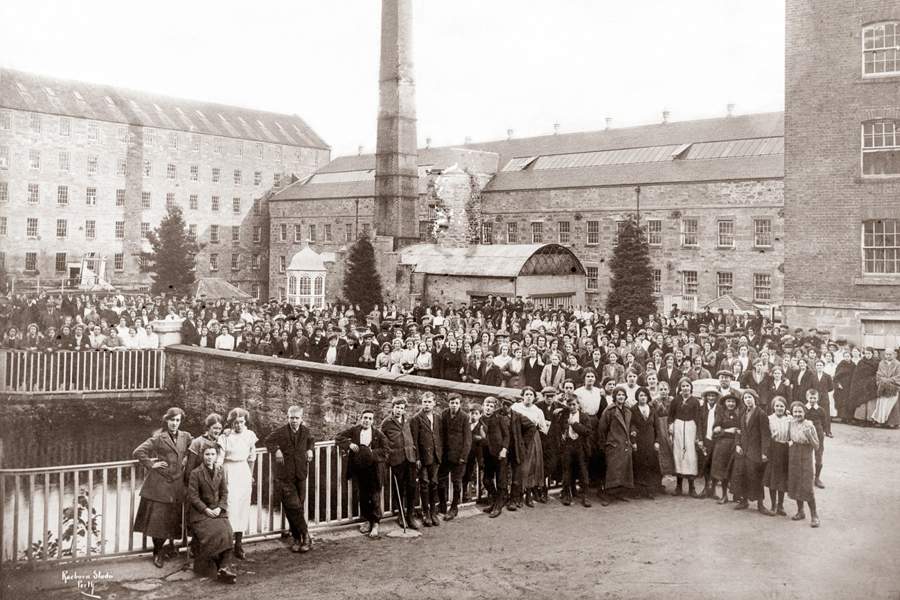 A vintage photograph of workers at Stanley Mills
A vintage photograph of workers at Stanley Mills
There had been a mill on the site since 1729 when the enterprising Lord Nairne drove a tunnel across the peninsula to take advantage of the fall of water as it rounds a hairpin bend in the Tay. Products including Stanley Solid Woven Cotton Belting, impregnated with bitumen, were sold all over the world but the mills finally closed as recently as 1989.
In 1995 Historic Scotland, recognising that Stanley Mills were as important as those at New Lanark, intervened to acquire the property with help from the Heritage Lottery Fund. Historic Scotland commenced the restoration of the Bell Mill, with an ambitious project to open to the public as a visitor centre. No viable use had been identified for the two largest buildings, the mid and east mills which had been threatened with demolition. And so in 1997 The Prince of Wales’s Phoenix Trust agreed to step in and take on the rescue, restoration and conversion of these 2 buildings, with the idea that there should be a variety of uses within the overall site, and a variety of apartment and house sizes within the residential element.
 Stanley Mills ©LDN architects
Stanley Mills ©LDN architects
The Bell Mill has now been restored by Historic Scotland and opened to the public in an ambitious £4.6 million project. The fine cast iron columned interior has been retained and used for exhibitions and an education centre.
Visitors discover the history of the mills, their builders and the lives of the families who worked here. The remarkable range of fibres produced is explained in detail, ranging from flax and cotton to waterproof cotton belting for driving machinery and heavy webbing supplied the armed forces in both world wars. Visitors also see the newly excavated pits for the large water wheels that drove the mill.
The conversion of the mid and east mills was a courageous first project for The Trust. In 1997 the idea of residential apartments in an industrial complex in rural Scotland had not been tried and tested.
In 2011 Stanley Mills received a Europa Nostra Award. “What impressed the Jury about this project was the sheer stamina and determination of the sponsors over quite a long period, to save for posterity and respectful re-u
 Stanley Mills ©LDN architects
Stanley Mills ©LDN architects
The success of the restoration of Stanley Mills is shown by the fact that many of the residents are those that bought their apartments when they were first on the market.
